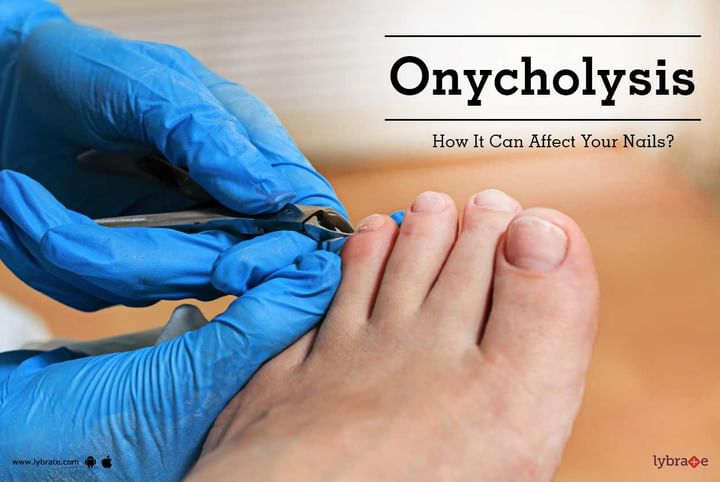Onycholysis - How It Can Affect Your Nails?
Nails are an important part of your physiology, although they are mostly used for either utilitarian purposes such as gripping or for beauty purposes such as nail decorations. Nails themselves can go through infections which need not have underlying causes and thus can cause damage to that part of the tissue. One such disorder of the nail is onycholysis.
What is onycholysis?
This is a disorder where the nail on the finger or the toes starts to separate from the skin below. This happens little by little and usually starts at the tip and then progresses backward. The further back it progresses, the more nail tissue it destroys. While the entire nail may not be detached from the nail bed, parts of it may chip off, showing the tissue underneath.
Symptoms of Onycholysis:
- Jagged border between the pink flesh of the nail bed and the yellow edge of the nail
- Detached nails become opaque, yellow or may turn green in color
- Nail may become irregular in shape and size
- Bits and chunks of nails can break off easily
Primary Causes for Onycholysis:
- Frequent trauma - If you have a profession or work at home where you constantly require tapping away, it might cause minute injuries to build up within the nails and the fingers. Tapping on keyboards is one area where you could get repetitive trauma like this.
- Manicure problems - Many salons may aggressively try to clean the underside of the nails and in the process, slowly dislodge the nail form the nail bed and cause onycholysis. This has known to be the case with many people.
- Water immersion - If you have work where your nails are immersed in water for long periods of time, this could also affect the development of onycholysis.
- Skin diseases - Certain skin conditions can also end up giving onycholysis. Psoriasis and contact dermatitis are other conditions that may lead to onycholysis as a consequence.
- Allergy to nail glue - Many makeup artists and customers have complained that certain brands of nail glue can also cause allergies resulting in onycholysis.
- Medications - Medications meant for the treatment of other ailments within the body can have the unintended consequences of causing onycholysis.
Treatment:
The underlying problems need to be corrected which may cause onycholysis. Once the underlying problem is corrected, onycholysis usually corrects itself. The nail may take some time to re-grow but will grow back on its own eventually and may take 4 to 6 months to cover the entire affected area again. Consult an expert & get answers to your questions!



+1.svg)
